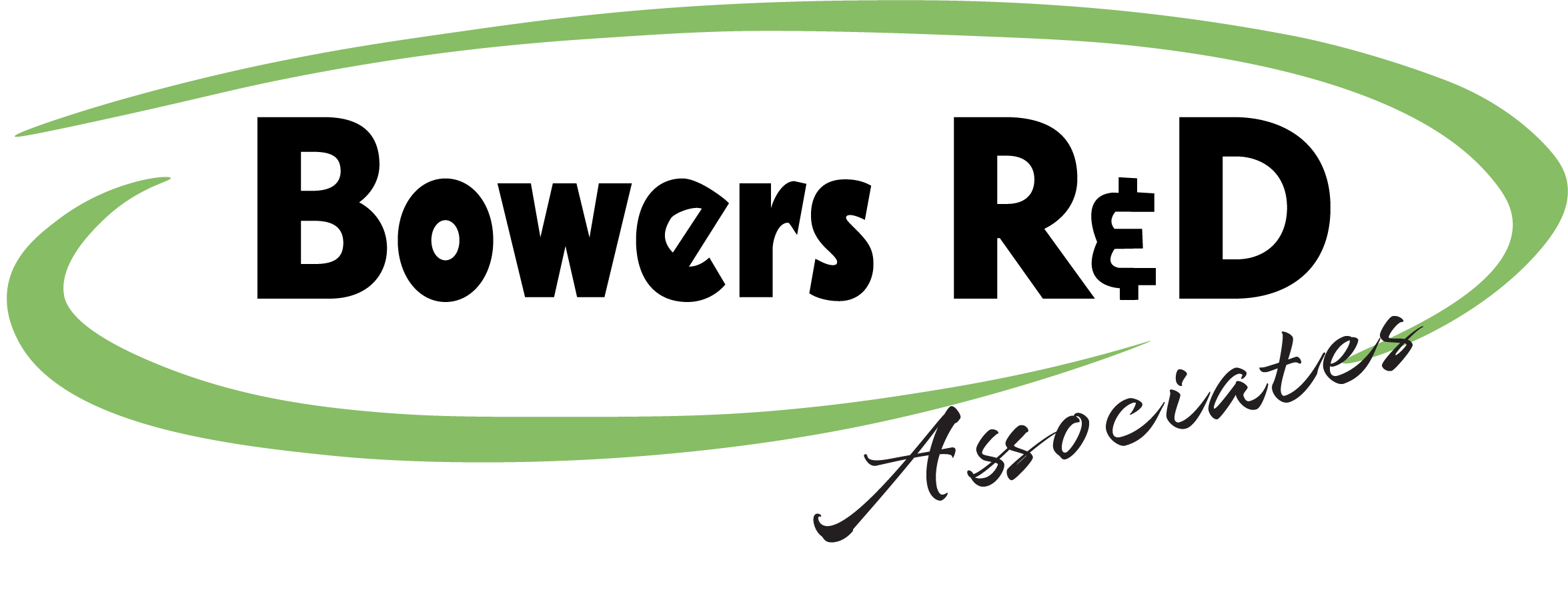Baby food manufacturers can save money with federal and state research and development (R&D) tax credits.
Baby food manufacturers are, literally, feeding the future, and with R&D tax credits, your baby food company could continuing investing in new products until you make the top ten baby food brands list. It’s important that young, innovative companies take advantage of every resource available, like R&D tax credits. Taxes are a hefty financial burden for a startup, but thankfully these credits can reduce that strain. Keep reading to discover how R&D credits can allow you to minimize your companies financial pressures.
Learn about R&D tax credits with Bowers R&D’s free articles.
Can Baby Food Manufacturers Get an R&D Tax Credit?
Yes, baby food manufacturers that spend privately funded money can take advantage of R&D tax credits. First introduced in 1981, these credits were designed to incentivize American businesses to bring skilled labor to the United States and to invest more money into the country’s economy.
Where is Baby Food Manufactured?
While the U.S. depends on many foreign nations for goods, there are very strict guidelines on baby formula ingredients and production. However, baby food can be produced outside of the U.S. While producing such products in another country may seem like a cost-cutting strategy, you can actually save money by designing your baby food products in the U.S. Only companies that conduct R&D stateside can take advantage of great resources like R&D tax credits.
Federal R&D Tax Credit Eligibility
Let’s see if your baby food company is eligible for the federal R&D tax credit. Has your baby food company:
- Developed a new product or process or improved upon existing functionality?
- Dealt with some form of uncertainty in the development process (appropriateness of design, method used, etc.)?
- Utilized a process of experimentation to eliminate uncertainty (modeling, prototyping, trial and error or other testing)?
- Conducted experimentation which relied on engineering, biological, physical or computer science?
- Employed all or a portion of your workers within the United States?
If you answered ‘yes’ to the above questions, you should consider applying for a credit. It’s also in your best interest to investigate if your state offers an R&D incentive program as well. If it does, you could be looking at even larger savings for your business.
State R&D Tax Credits
Texas R&D tax credits, and those of other states, can be added to your federal credit for even larger savings. Remember that while most states that offer these programs generally follow the federal guidelines, each program has its own rules and regulations. There are also states that don’t offer these credits at all. These states include:
- Alabama
- Alaska
- Montana
- Mississippi
- Nevada
- North Carolina
- Oklahoma
- Oregon
- South Dakota
- Tennessee
- Washington
- West Virginia
- Wyoming
Living in the above listed states, doesn’t preclude your company from being eligible for a federal R&D tax credit. No matter where you live in the United States, as long as you have met the requirements of the five part test, you can apply for a federal R&D tax credit.
Who is the Largest Producer of Baby Food?
- Gerber (owned by Nestlé)
- Beech-Nut (owned by Hero Group)
- Happy Family (owned by Danone)
- Plum Organics (Campbell Soup Company)
- Earth’s Best (owned by The Hain Celestial Group)
- Parent’s Choice (owned by Walmart)
Research and development is a very broad category, but under the rules of the federal R&D tax credit program, R&D has a very limited definition. To help you better understand what elements of your company’s operations can count towards your credit calculation, examples of qualified research activities have provided below.
QRE Examples
As reported by the IRS, you can only use three items to calculate your credit. Here, you can see what counts as QRE for your credit calculation:
- Wages – The pay of W2 employees who are conducting qualified research, supervising the qualified research, or directly supporting your company’s qualified research
- Supplies – The cost of disposable supplies directly used for your company’s qualified research activity.
- Contract research expenses – The wages and/or expenses paid to U.S. – based contractors conducting qualified research or development for your company.
Recognizing what counts as a QRE is crucial for your credit estimation. Working with an R&D tax credit professional will help you better identify what activities could end up saving you money and which shouldn’t be used in your credit calculation.
How Much is R&D Tax Credit Worth?
A federal R&D credit can be anywhere between 7-10% of your QRE. You can see an estimate of your credit with our free R&D tax credit calculator. The beauty of a federal R&D tax credit is that it can be used as soon as you file your taxes. For example, let’s say that your R&D credit is $45,000, and you owe $60,000 in payroll taxes. With your credit, you’ll need to pay $15,000. The savings can go back into your bank account, or you can re-invest it in your company. It’s your money — you can do whatever you want with it.
In Review: R&D Tax Credits for Baby Food Manufacturers
Your baby food company could receive a credit equal to 7-10% of your QRE. Depending on where your company is based, you could also receive a state R&D tax credit. These credits allow you to save money and reduce how much you pay in business taxes. A simple test will reveal if your company is eligible for a federal credit, and if it is, don’t wait to contact a tax credit expert and get the credit you deserve.

